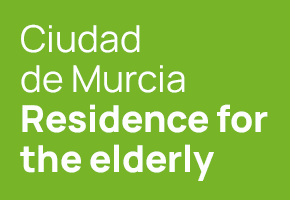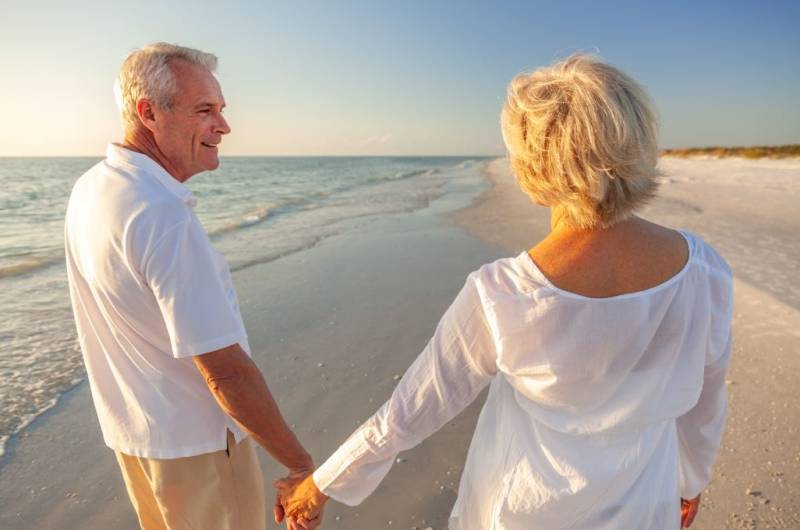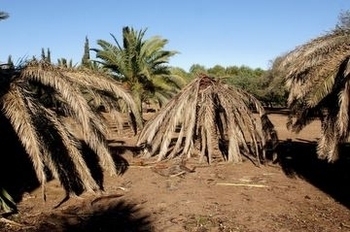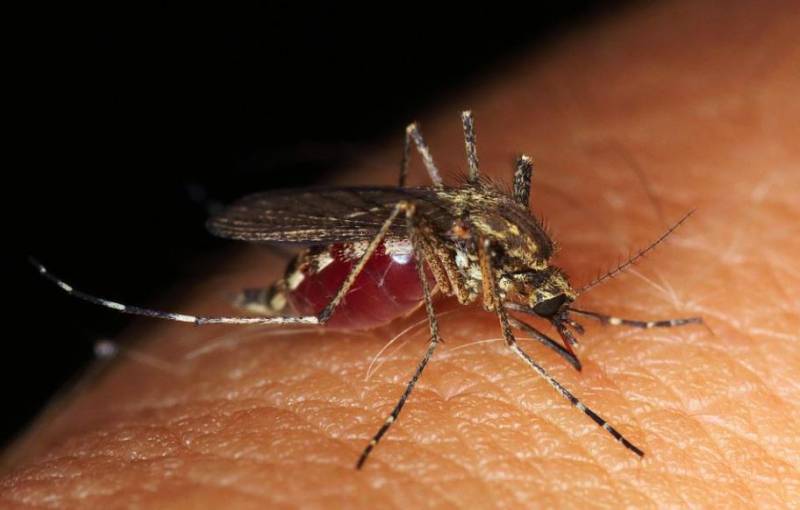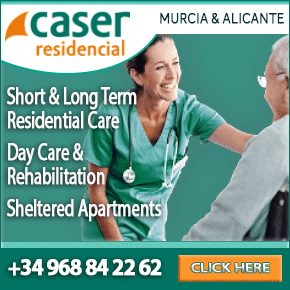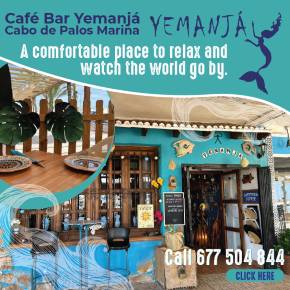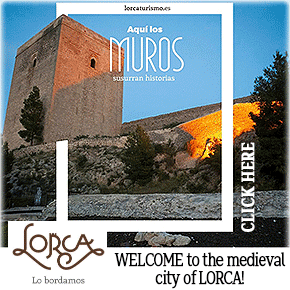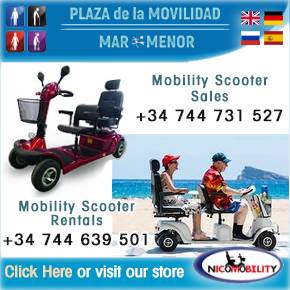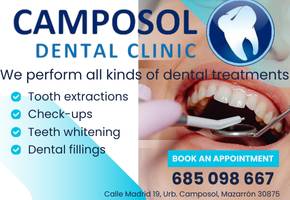

Guidelines for submitting articles to La Torre Golf Resort Today
Hello, and thank you for choosing La Torre Today.com to publicise your organisation’s info or event.
La Torre Golf Resort Today is a website set up by Murcia Today specifically for residents of the urbanisation in Southwest Murcia, providing news and information on what’s happening in the local area, which is the largest English-speaking expat area in the Region of Murcia.
When submitting text to be included on La Torre Golf Resort Today, please abide by the following guidelines so we can upload your article as swiftly as possible:
Send an email to editor@spaintodayonline.com or contact@murciatoday.com
Attach the information in a Word Document or Google Doc
Include all relevant points, including:
Who is the organisation running the event?
Where is it happening?
When?
How much does it cost?
Is it necessary to book beforehand, or can people just show up on the day?
…but try not to exceed 300 words
Also attach a photo to illustrate your article, no more than 100kb

Heat exhaustion and heatstroke, how to recognise the symptoms
What to do if you think someone is suffering from heatstroke or heat exhaustion
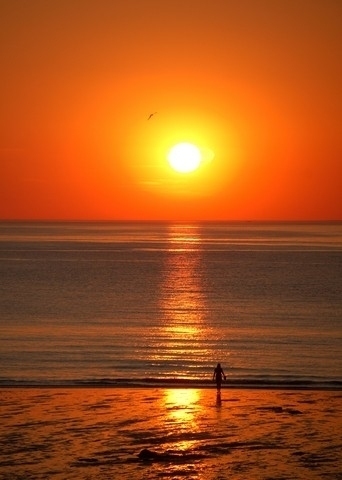 Visitors from northern Europe the UK are not used to the extreme heat in Spain and it's quite common for then to suffer from heat exhaustion and/or sunstroke (heatstroke) as they try to do too much in the sun.
Visitors from northern Europe the UK are not used to the extreme heat in Spain and it's quite common for then to suffer from heat exhaustion and/or sunstroke (heatstroke) as they try to do too much in the sun.
Children and the elderly are particularly vulnerable, and during the first few days of any holiday extreme caution should be undertaken as summer temperatures in this part of Spain are regularly around the mid-30s.
Simple precautions such as applying high factor sunscreen, wearing hats and lightweight clothing, and staying in the shade as much as possible in the hottest part of the day, are all recommended, as is drinking plenty of water.
HEAT EXHAUSTION AND HEATSTROKE
All too often, those with only limited time to spend in the sun are out on the beach, enjoying outdoor sports such as a round of golf, walking, riding their bikes and generally partaking in outdoor activities.
This is not a good idea. The combination of exposure to the sun and strenuous exercise can increase body temperature and spark off heatstroke (or sunstroke) or heat exhaustion, which can be life threatening: recognizing signs and symptoms may help to save a life.
Heat Exhaustion
This is caused by a loss of salt and water from the body through excessive sweating. It usually develops gradually and affects people who are not acclimatized to hot, humid conditions. People who are unwell with illnesses which cause vomiting and diarrhoea are more susceptible than others to developing heat exhaustion, as are those drinking alcohol.
A dangerous and common cause of heat exhaustion occurs when the body produces more heat than it can cope with.
Symptoms to recognize
- Headache, dizziness and confusion, loss of appetite and nausea
- Sweating, with pale, clammy skin, cramps in abdomen or arms and legs
- Rapid, weakening pulse and breathing
What to do
- Cool the casualty down. Please note, it is not a good idea to immerse patients in coldwater as this can shock the body: use lukewarm water instead, splash them with water or apply cold compresses.
- Replace lost body fluids and salts: give only water to drink
- Obtain medical help if necessary
Heatstroke
Heatstroke is different. This is caused by a failure of the thermostat in the brain which regulates body temperature. The body becomes dangerously overheated, usually due to prolonged exposure to heat. In some cases heatstroke follows heat exhaustion when sweating stops and the body cannot be cooled down by the evaporation of sweat.
Heatstroke can develop with little warning, resulting in unconsciousness within minutes of the casualty feeling unwell.
Recognition
- Headache, dizziness and discomfort, restlessness and confusion
- Hot, flushed and dry skin, rapid deterioration in the level of response
- Full bounding pulse, Body temperature above 40 degrees
Your aim
- To lower the casualty's body temperature as quickly as possible
To arrange urgent removal to hospital or an emergency medical centre call 112 for emergency services.
Studies have shown that the mortality rate in the over 75’s increases by 20,1% for every one degree increase in temperatures over 36,5 degrees, and every year there are deaths directly attributable to the heat in the Region of Murcia.
This highlights the importance of maintaining hydration, drinking plenty of water, avoiding direct exposure to the sun, avoiding physical exercise between the hours of 12 and 4pm, wearing suncream, sunglasses and a hat if venturing into the sun and wearing lightweight clothing.
It is also important to avoid shocks to the body: for example, don't jump into very cold water after baking in the sun. Many drownings every summer are due to this shock when the victim loses consciousness or becomes dizzy.
People suffering from the heat should be taken to a cooler spot, clothing loosened or removed and attempts made to lower the body temperature as quickly as possible. Cold compresses, fans, splashing with water, and drinking water can all help, although wrapping the body in cold wet towels is not advised as this can actually cause the temperature to rise again acting as insulators.
Immersing in cold water is not recommended: lukewarm water should be used instead.
Anyone visibly suffering from the effects of heat should be given professional medical assistance.
Again, call 112 if you believe someone is suffering from heatstroke.















